Following along the San Andreas Fault, California State Highway 111 winds around the eastern shore of Salton Sea which occupies the Salton Basin, a remnant of prehistoric Lake Cahuilla.
Lying 228 feet below sea level, Salton Sea is an inland saline lake in the Sonoran Desert of extreme southeastern California. It is bordered on the south by the rich agricultural areas of the Imperial Valley and on the west, by Anza-Borrego Desert State Park. Both the Salton Sea State Recreation Area and the Sony Bono Salton Sea National Wildlife Refuge are located on its shores.
The Salton Sea is currently 35 miles by 15 miles and can be as long as 40 miles by almost 20 miles in particularly wet years. It has an average depth of nearly 30 feet and, at its deepest, is 51 feet. It contains 7.3 million acre feet of water and evaporates 1.3 million acre feet each year. There is a five-mile-long trench on the south end of the Sea that is 51 feet deep. Interestingly, the bed of the Salton Sea is only five feet higher than the lowest spot in Death Valley.
It is estimated that over 1 million visitors spend time at the Salton Sea each year.
From the highway you will spot the sea past fields of citrus; it looks much more like a huge mirage.
The Salton Sea is the big mystery here. How and why it came into being is a fascinating story. The Salton Sea is a place that’s been accurately dubbed the weirdest body of water in America. It has no outlet, and its main sources of new water are agricultural drainage ditches. It has become a natural wonder.
Water flow and climate shaped the basin, creating one of the most diverse regions in the world. The area contains an amazing range of plants and animals. It continues to change today. Name your interest and you will probably find a chance to pursue it in the Salton Sea area. Ancient history, bat caves, boating, camping, conservation, fishing, geology—right through the alphabet—it is all here.
Geologically, this area was once part of a larger body of water extending north through the San Joaquin Valley. A great up thrust lifted the land and formed mountains. The downfolding created Salton sink and the Imperial and Coachella valleys. The sink was dry for many years and salt was mined from it.
In 1901, a dam was built to divert water from the Colorado River near Yuma and carried in canals to irrigate lands in the Imperial Valley. In 1905, the dam broke and water rushed into the Salton Sink for two years, filling it to an elevation of 195 feet below sea level.
Already more salty than seawater, and becoming more saline by the day, the Salton Sea was steeped in continuous political controversy over its future during the 1950s and 60s.
The Salton Sea was a popular sporting destination and vacation spot, luring real estate speculators and commercial development. The West’s Greatest Playground was the dream child of M. Penn Phillips and other real estate speculators. The developers purchased 19,600 acres of land on the shores of the sea for house lots, shops, schools, parks, and churches.
In the former resort, a dilapidated yacht club and a few rusted trailers are all that’s left of a bustling waterfront that once was the stomping ground of the Beach Boys and Hollywood’s infamous Rat Pack. By the late 1970s, the sea’s environmental problems began to intensify and the crowds disappeared.
Although visitor numbers and property values have declined drastically over the last decades, the area continues to be a favorite spot for sport fishermen and birds. One report says, “The Salton Sea may be the most productive fishery in the world.” The fish in turn attract birds by the millions. It’s estimated that three to four million individual birds frequent the area daily during the winter migration season.
Located on the Pacific Flyway, 400 different species of birds have been counted at the Salton Sea. The annual migrations draw serious birders to the Sonny Bono Salton Sea National Wildlife Refuge, a reserve named to honor the former California congressman who, before his death, led efforts to restore the sea.
Reversing the sea’s decline will require major feats in both engineering and public relations. The problem is convincing government officials and a less-than-eager public that it is a treasure worth saving.
Worth Pondering…
Those who dwell among the beauties and mysteries of the earth are never alone or weary of life.
—Rachel Carson
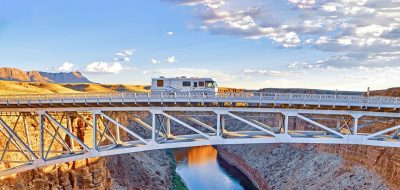
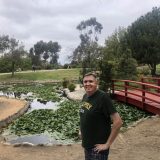
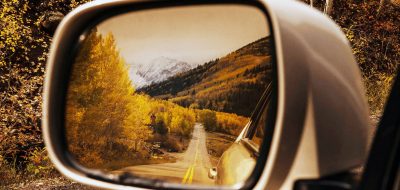

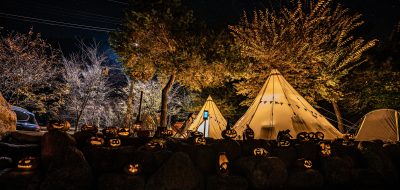
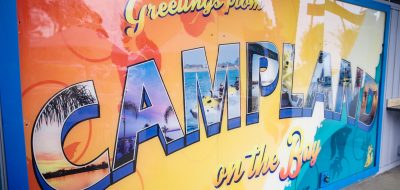
Pingback: Helping Us With Camping
Pingback: HeadRadical.com